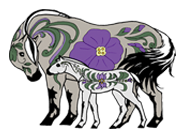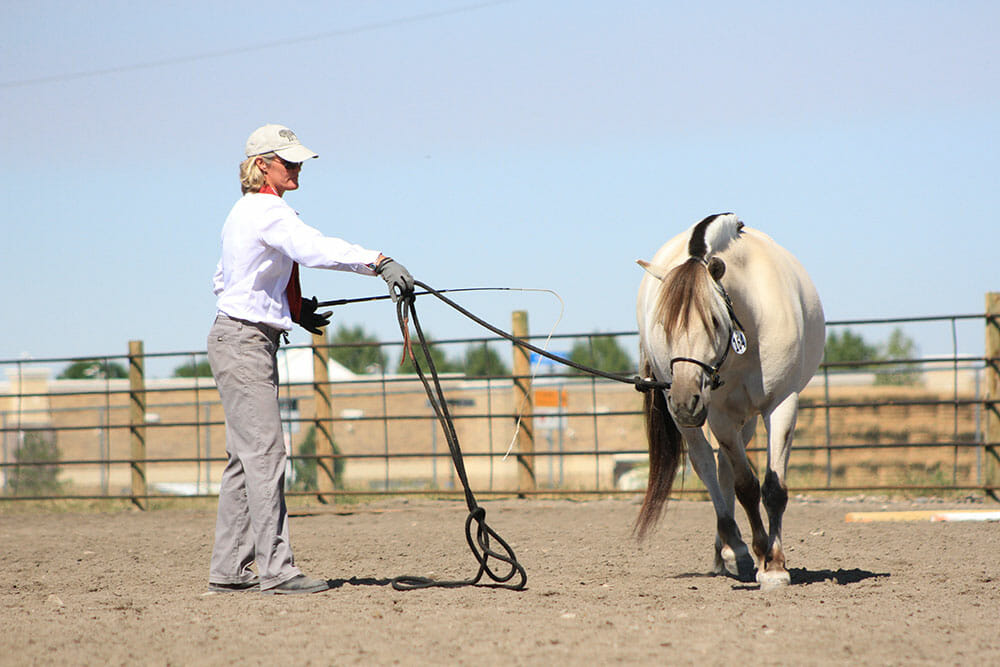Training a Therapy Horse
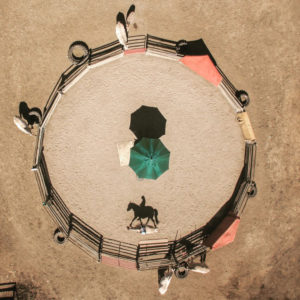
A good equine relationship is based upon your understanding of how a horse thinks. Horses should not be forced. Relationships with horses should develop gradually, as one of mutual appreciation. Horses are highly social animals. We can be part of their herd, but must maintain a level of respect in both directions to create this bond.
In the world of horses, we are never experts. With each new encounter, we learn new things, and life through horses remains exciting, stimulating, rewarding and beautiful. The goal of horse handling is to bend the horse rather than break him. Presenting the horse with progressive, well-planned lessons that invite “growth” in his behavior is the art of horse training. Whether the interactions are organized and deliberate, or unplanned and casual, learning is taking place.
Quality and consistency of experience produces the best results with young horses. Well-designed lessons based on proven principles can promote a cooperative attitude.
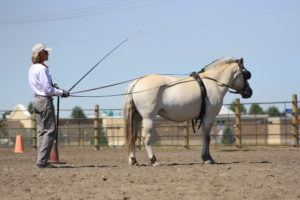
Make it fun, make it steady, consistent, different, and make it short… but always end on a positive note! Training means to replace the horse’s inborn fear of the human with respect, trust and a desire to learn. The tactics for accomplishing these goals often depend on the disposition of the horse. Knowing and understanding equine behavior helps to anticipate the results that various situations may fall upon us.
A plan is important. A horse is much more secure if his role is clear. A plan, backed with discipline and positive reinforcement, often makes a great horse.
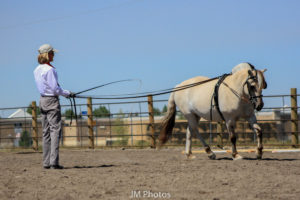
Horses are creatures of habit, and are always forming behavior patterns. Regardless of what is being taught, the horse is learning, and training is happening. Training works best without distractions and with devotion; without a rush and with patience; with a plan and positive thinking. At Sunnyside Farms, our training is gentle, yet backed with discipline. Behavior is reinforced. We use voice commands and body language simultaneously, indicating confidence, strength and expectations. Each lesson begins with what the horse knows, building on the past, moving forward to the future.
Each session ends on a positive note, with the horse enjoying the activity.
The next session begins with the same positive opening.
We focus on the care and needs of the horse, which in turn, extends to the care and needs of its human. We groom, care for, hand-feed and meet the daily needs of the horse. In doing so, the horse is a healthy, happy participant. We also focus on groundwork and trust, from which the horse builds its foundation. This provides for a life of consistency, courage and strength.
Creating a therapy horse isn’t simple and the criteria are rigorous. Deep inside, however, a horse has it or doesn’t. By nature, Fjord Horses often DO HAVE what it takes to be a therapy horse. By this standard, developing a Fjord Horse for therapy isn’t difficult. It is a matter of socializing the horse to new things and letting it flourish and be appreciated in ways most natural to its creation.
